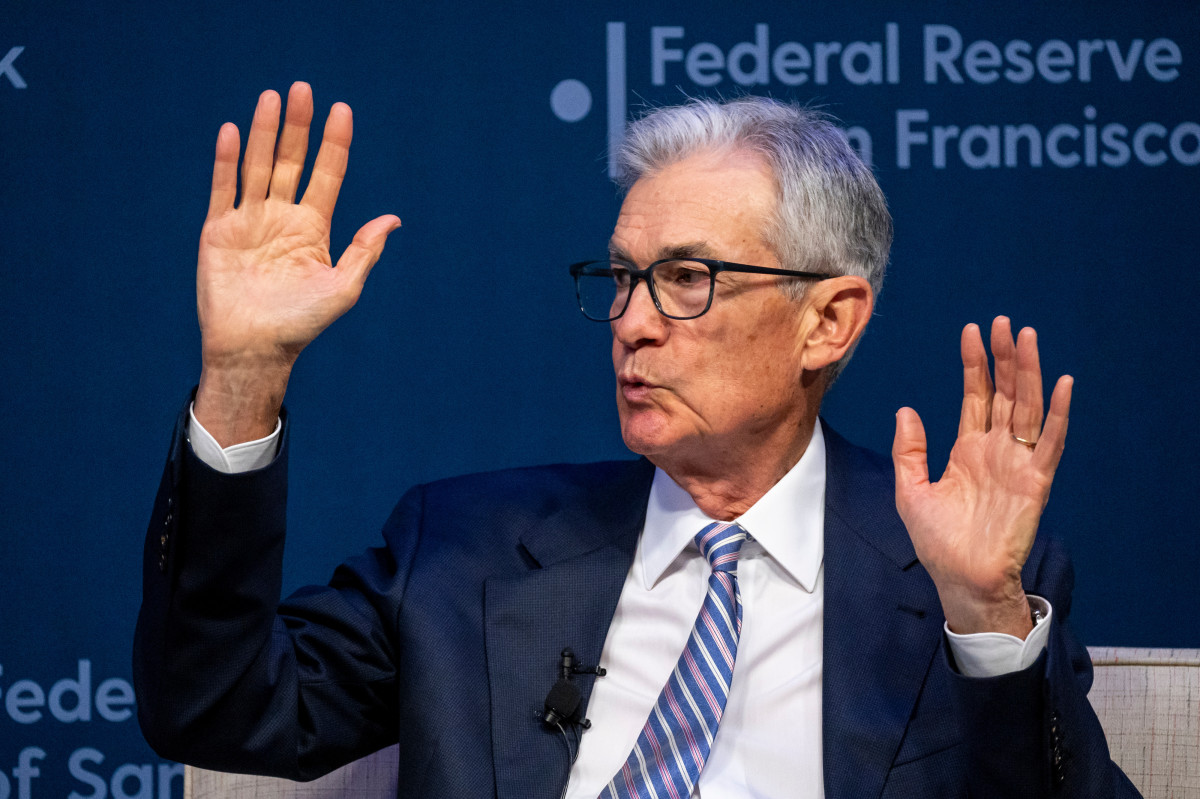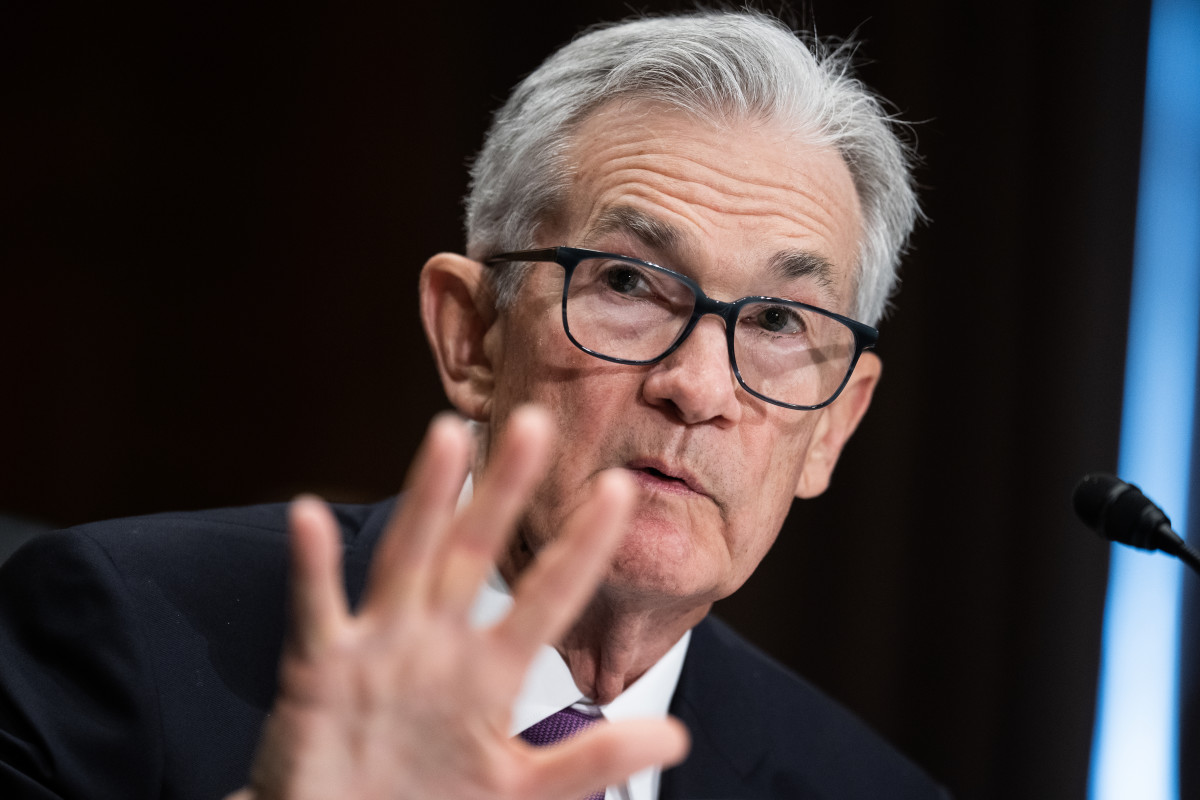
Toward the end of the minutes of the Federal Reserve's July 30-31 meeting, the central bank basically declared victory in its fight against inflation.
The Federal Open Market Committee, the Fed's rate-making body, expressed its satisfaction with the falling inflation rates and the easing tightness in the U.S. jobs market.
And the members didn't see much on the horizon that might blow up their optimism.
Related: Stock Market Today: Stocks end higher with jobs data in focus; Target soars
In other words, there was much less need for the Fed to keep rates high.
In fact, minutes of the meeting, released Wednesday, show that some members thought the data they were seeing created "a plausible case for reducing the target range 25 basis points at this meeting."
But the FOMC blinked. Briefly.
The minutes tell us that the voting members of the committee "viewed the incoming data as enhancing their confidence that inflation was moving toward the Committee's objective. The vast majority observed that, if the data continued to come in about as expected, it would likely be appropriate to ease policy at the next meeting."
So, there you have it: Short of economic disaster in the next few weeks, a rate cut is coming, probably at the next FOMC meeting on Sept. 17-18 and probably 0.25 percentage point. That would bring the Fed's key interest rate — the federal funds rate — down from 5.25%-to-5.5% to 5%-to-5.25%.
Fed Chairman Jerome Powell may well discuss the July meeting when he speaks Friday at a symposium of central bankers in Jackson Hole, Wyo.

Stocks move up on the news
Wall Street was initially delighted by the news in the minutes. The Standard & Poor's 500 index was sitting at 5,615 when the minutes were released and jumped to 5,628. After a modest pullback, the index closed at 5,621, up 0.4%, its ninth gain in the past 10 sessions. The index is up 1.2% this week and 5.1% since the Aug. 5 sell-off.
The Fed Funds Rate, as it's often called, has been at the 5.25%-to-5.5% level, reached when the Fed raised rates 11 times from March 2022 to July 2023 to control inflation.
The Fed Funds Rate is not an exact number. It is a range that the Fed wants banks to charge one another for overnight loans to meet regulatory requirements. The New York Fed is charged with keeping the rates of those transactions within those bands.
More Economic Analysis:
- Housing data and Jerome Powell will rock markets this week
- Goldilocks is Alive and Well and Wildly Overbought
- A timeline of the Fed's '22–'23 rate hikes & what caused them
It is the foundation for U.S. interest rates and heavily influences rates globally.
Inflation erupted as the worst of the Covid-19 pandemic eased and economies started to recover. Prices increased sharply around the world. In the U.S. gasoline prices topped $5 a gallon in summer 2022. Food prices and prices for goods and services surged.
The Fed's inflation fight has not been without collateral damage. Home sales have stalled for more than two years because mortgage rates jumped. Many small businesses couldn't survive the effects of inflation on their businesses.
The Consumer Price Index peaked in June 2022 with a 9.1% year-over-year gain and finished the year up 7%. It surged and has eased.
Related: Veteran fund manager sees world of pain coming for stocks







